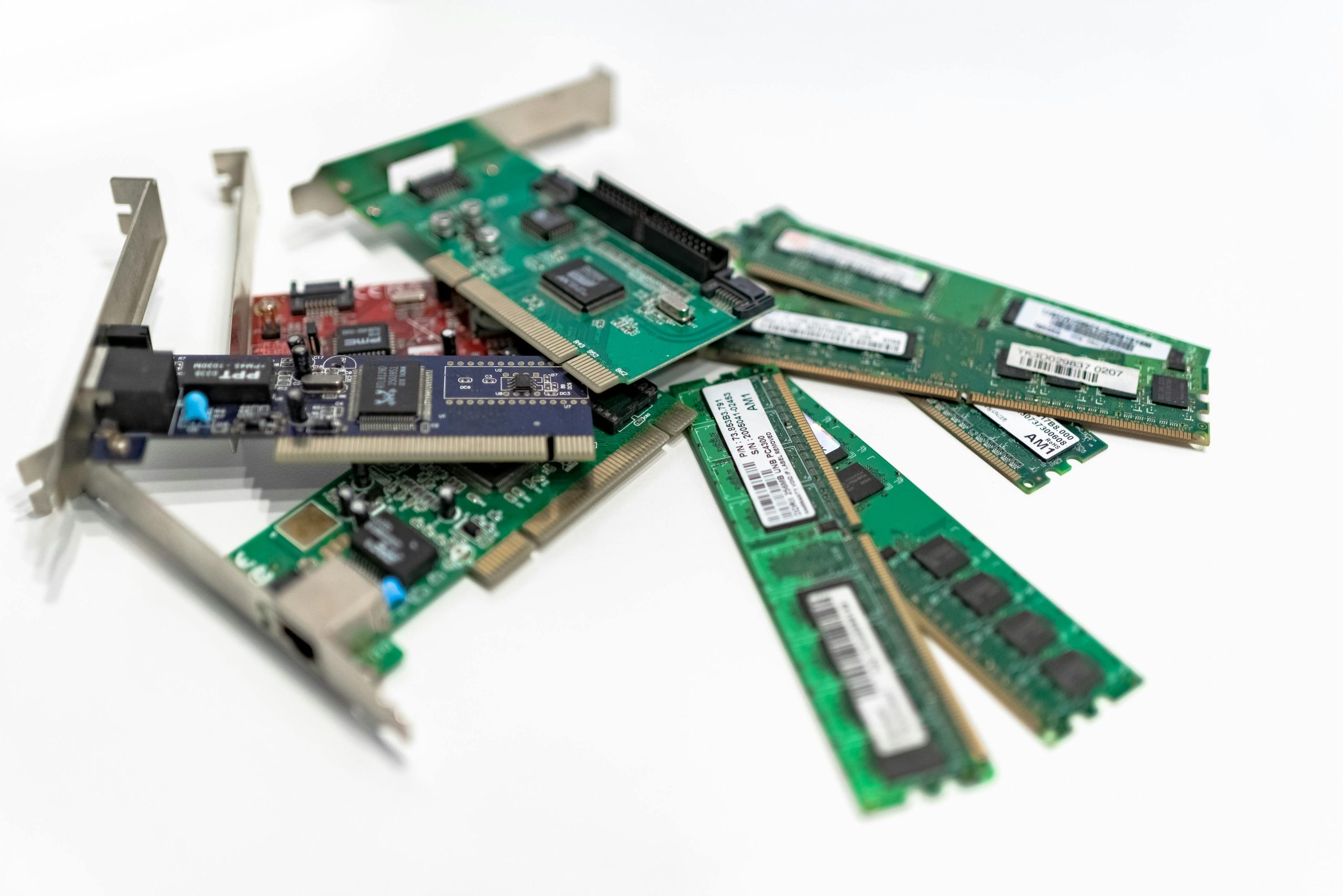Ensuring RAM Compatibility with Your Motherboard: A Guide for Beginners
Building or upgrading a PC can be an exciting experience, but for newcomers, it often raises questions about component compatibility. One common concern is whether a particular RAM module will work seamlessly with the motherboard. Here’s a practical guide to help you determine if your chosen RAM is compatible with your motherboard, using a real-world example.
Understanding Your Components
Your Desired RAM Specification:
- Type: DDR4
- Capacity: 32GB (2x16GB kit)
- Speed: 3200MHz
- CAS Latency: CL16
- Voltage: 1.35V
- Features: XMP 2.0 support, heatsink included
Your Motherboard:
- Model: Gigabyte B560 DS3H AC (rev. 1.0)
- Official Link: Gigabyte B560 DS3H AC
Step 1: Check the Motherboard’s Supported RAM Specifications
Start with the motherboard’s official documentation or product page. This provides details such as:
- Supported DDR4 memory types and speeds
- Maximum supported RAM capacity
- Compatibility notes for overclocking features like XMP
For the Gigabyte B560 DS3H AC, the specifications indicate:
- Supports DDR4 RAM up to 4733 MHz (OC)
- Maximum RAM capacity of 128GB
- Compatible with standard DDR4 modules (including 3200MHz)
Step 2: Verify RAM Compatibility
Your selected RAM (DDR4 3200MHz, CL16) aligns with the motherboard’s supported RAM speeds. The presence of XMP 2.0 support further suggests that overclocking to 3200MHz is feasible on this motherboard.
Step 3: Consider Additional Factors
- Voltage: The motherboard supports DDR4 modules running at 1.2V to 1.35V, matching your RAM’s 1.35V specification.
- Channels: The kit is dual-channel, which is compatible and recommended for optimal performance.
- Heatsinks: While heatsinks generally don’t affect compatibility, ensure your case has enough clearance if using large heatsinks.
Step 4: Consult Compatibility Lists and Community Resources
Many motherboard manufacturers publish QVL
Share this content:

